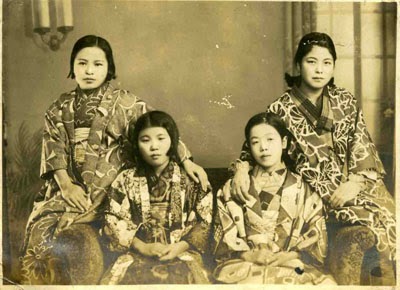Japan and Gender equality: a quick insight

The news of the journalist Shiori Ito, a Japanese woman who broke the silence on rape in Japan has made the headlines all over the world. She has become a symbol of the #metoo movement in Japan, denouncing that Shinzo Abe's government and the police discouraged her sexual assault investigations. But is Japan really so bad for gender equality? Japanese men will say that their country puts "lady first" , they see being a housewife as a privilege and, in a society where you work shift can last 11 hours per day, it is not so difficult to understand them/ Also, they blame the fact that women can have many reduced price for cinema or lunch menus (well actually Japanese women having a lot of free time are just a good business target) or have nicer and bigger toilets or special train cars against "chikan", the perverts. However, all these policies are only strengthening gender division . In fact...





